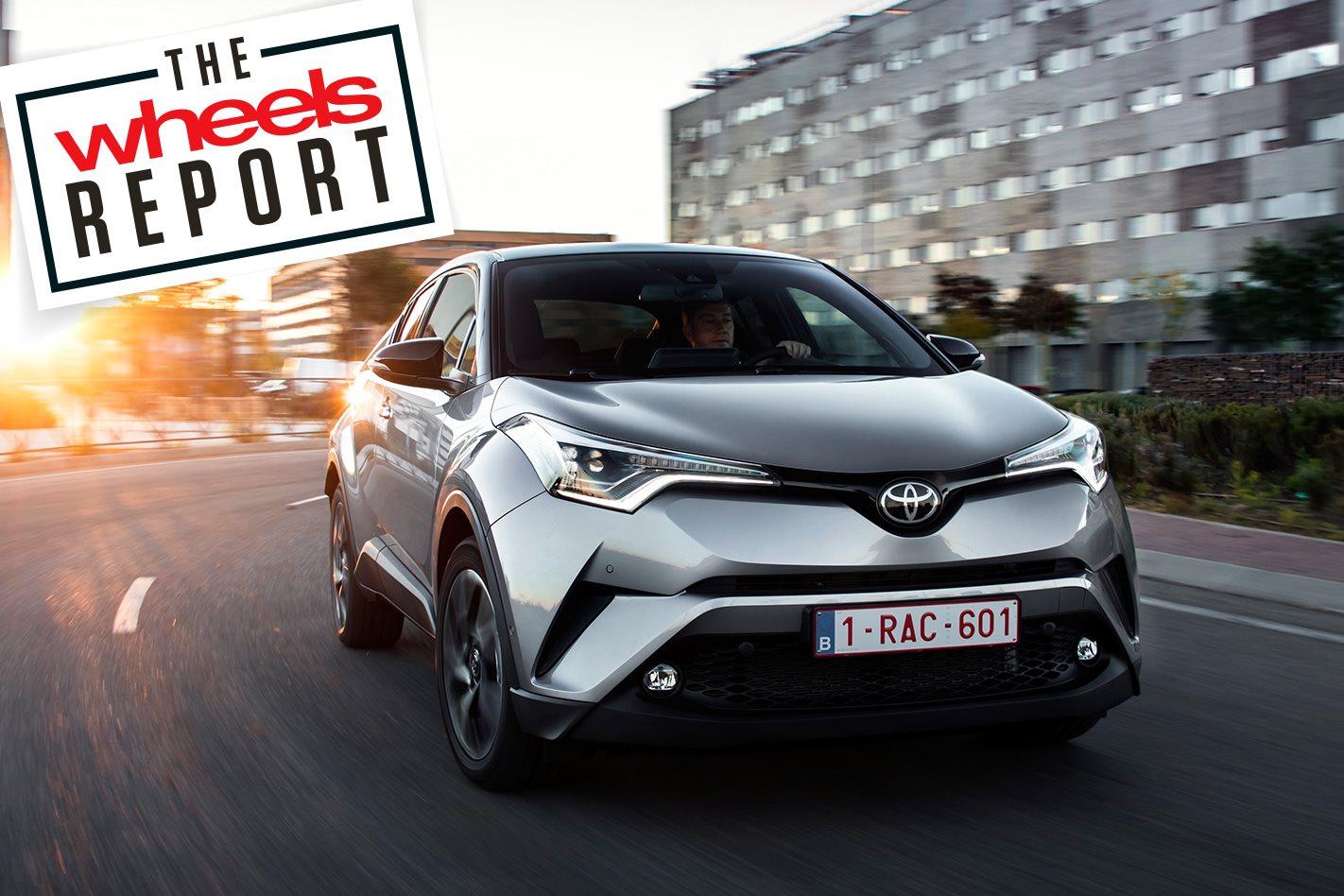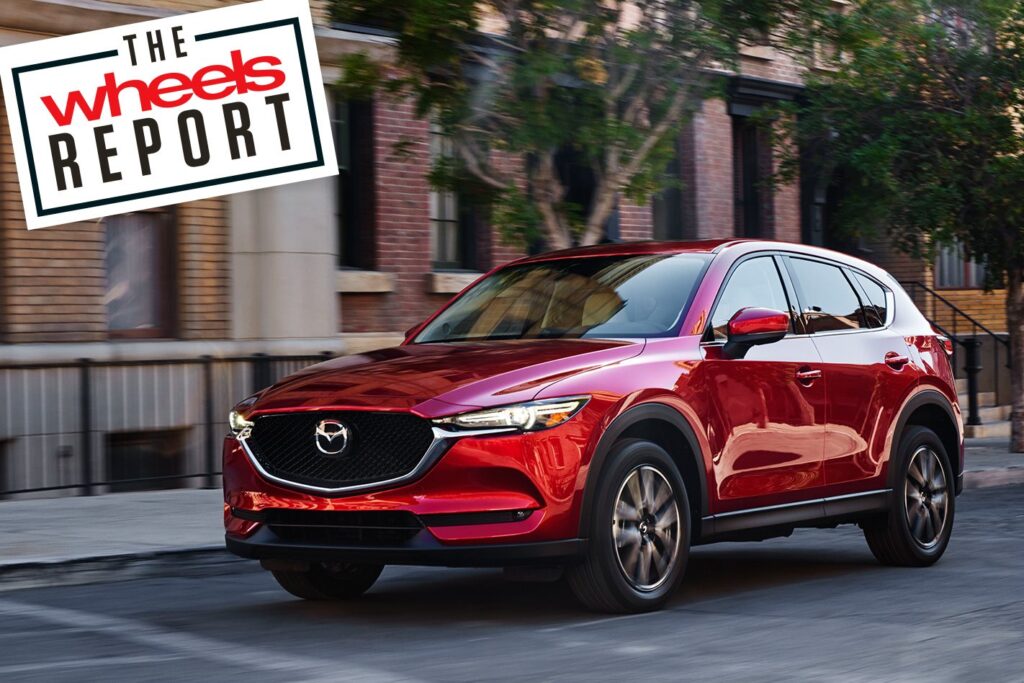Toyota loves stretch targets – such as the one to sell one in every four cars in Australia – but 2016 was an indication of the headwind the brand faces.
Sales came off slightly, mainly with the company’s two big players, Toyota Corolla and Camry. That was countered by some growth from RAV4, although Prado and Kluger eased slightly. The arrival of Fortuner late in 2015 accounted for Toyota’s modest growth, proving there’s a market for a serious off-roader more affordable than Prado. The Hilux ute was set to hold top spot in ute sales – and, possibly, overall – but mainly off the back of the tradie-focused 4×2 cheapies, a market its closest rival Ford doesn’t play in as heavily; in the 4×4 ute segment, Ford was 158 units ahead with a month to go.
RANK: 1ST 2016 SALES: 210K 2016 YTD RESULTS: 189,685 sales, up 2.5%, 17.6% market share 2017 FORECAST: 210K RANKING: 1st; 210,000 sales (even), 17.5% market share GRADE: A-
Opportunities
Despite its dominance in SUVs – Toyota sells one-third more than its nearest competitor – Toyota’s mix is relatively low, at 31 percent of sales (well below the industry average of almost 38 percent). Blame that on increased competition but also the growth of small SUVs, a market Toyota currently doesn’t play in. That will change in February when the C-HR arrives, providing a crucial entrant in a segment now accounting for almost one in 10 sales. It’s a big play for Toyota, and one that will more than offset the demise of the Toyota FJ Cruiser. Now that the Toyota LandCruiser 70-Series single-cab ute has five-star ANCAP status, it’s back on the shopping list of big fleets, including mining companies, so it should lift.
Challenges
The late-2017 end of manufacturing is Toyota’s biggest challenge and could consume valuable headspace usually devoted to selling cars. Toyota will also have to manage the arrival of the Toyota C-HR to ensure it doesn’t simply steal sales off existing models. Another challenge is transitioning Camry buyers to the new imported model, due in 2018. Yes, it’ll be the same formula, but prices will increase because discounts are currently offered (and losses incurred) on locally made Camrys. Toyota also needs to up the style and sexiness of its cars; its reputation for reliability and quality has helped position the brand, but competitors are catching up or matching it in many cases, something that has eroded that USP.
Summary
A dominant top-seller, but with cracks appearing. Often it seems Toyota is keen to do as little as required to maintain market share rather than innovate and push to cement its lead.





